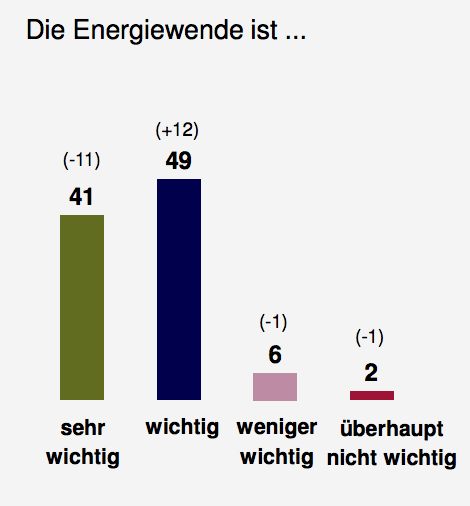Last year Asian giant has made significant increase of 17.6 percent over the previous amount of defence budget for 2011-12. Her defence budget for 2012-13, was US $40.3 billion for the Defence Services that include the three armed forces (Army, Navy and Air Force), the Defence Research and Development Organisation (DRDO) and Ordnance Factories.
The major portion of the Civil Estimate is however accounted for by defence pensions, which amounts to $8.1 billion in 2012-13. If we include it in the allocated budget then total defence budget would be $49.6 billion.
Increase in defence spending has posed direct threat to China and Pakistan. India is maintaining one of the of the top militaries of the world, She has 3.8 million troops being the 2nd largest army on earth, 4th largest air force in the world, and 5th Largest Navy in the world, The Indian Armed Forces also have a large Coast Guard but the rank is not known. Ultimately, India’s Militaries strength is 3rd ranking in the world.
According to the Stockholm International Peace Research Institute, India has developed nuclear warheads which can be launched on strategically and tactically vital targets from land, sea and air. She is also holding over 100 nuclear bombs and conducted 17 missile tests this year to prove her supremacy in Asia.
Notably, India is running 22 nuclear, chemical and Biological plants for hegemonic design in addition of spending huge amount on arms and aircraft purchases’ deals with U.S. and Russia.
But unfortunately, Indian top brass failed to take measures of stopping gas leakage, uranium theft cases and disposal of nuclear wastes. In fact, self-styled ‘Shining India’ is portraying a false image of exemplary patriotism, largest democracy and prosperity, whereas the UN reports reveal
Jadugoda: unsafe handling of uranium ore
that nearly 69% of the Indians are living under $2 PPP a day. Moreover, most of the people living surrounding areas nuclear plants are facing horrible nuclear pollution and demanding shifting and closing of these plants. In this regard, Indian doctors and scientists from various parts of the country have attended three-day Punjab Science Congress Bathinda, in the second week of February of this year. According to the Indian media, some scientists were of the opinion that all the three major types of toxicity —chemical, radiation and biological — were rampant in Punjab. They said that the adverse effects of toxicity on animals and humans are visible and some studies have proved this. Dr SS Gill, Vice Chancellor, Baba Farid University of Health Sciences (BFUHS) has also confirmed the spresence of uncontrolled chemical, radiation & biological toxicity in thickly populated “Punjab”.
In this connection a top German laboratory revealed that hair samples of 80% of 149 neurologically-disabled children, mainly from Malwa region, had high levels of uranium, a study by Greenpeace suggested that all the three major types of toxicity — chemical, radiation and biological.? Among villages with high levels of nitrate pollution in drinking water is Doda, a village of Gidderbaha, the constituency of Punjab’s finance minister Manpreet Badal. ‘Anti-pollution laws only on paper in Punjab’
Bathinda: The fertile state of Punjab now battles grave chemical toxicity. Gidderbaha, the constituency of finance minister Manpreet Badal, is known for high prevalence of cancer cases. Two water samples in Doda found the nitrate levels at 94.3 mg/l and 72.8 mg/l, much above the WHO safety limit of 50 mg/l.
In Muktsar, the home district of Punjab CM Parkash Singh Badal, a state health department survey revealed that 1,074 people died of cancer between 2001 and November 2009 and 668 others are on their deathbed. In Lambi, the home constituency of Badal, 211 residents lost their lives and 164 got afflicted with cancer in the last eight years, revealed health department survey repor






